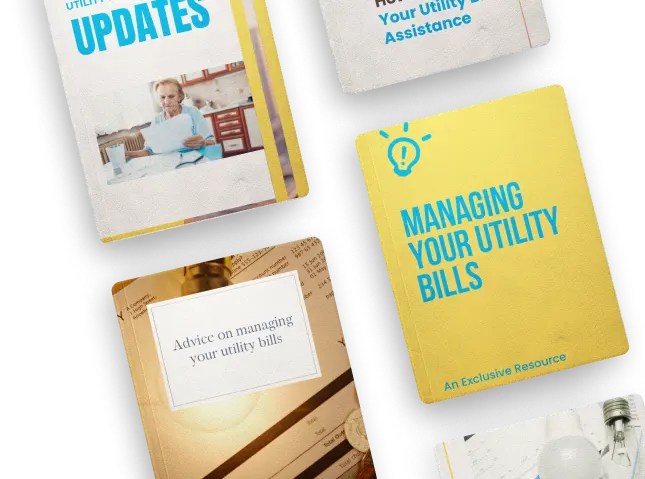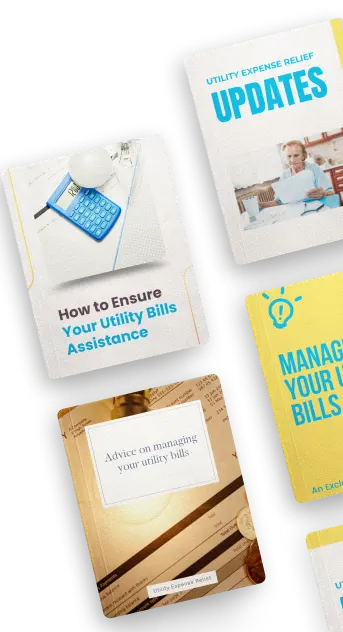Living on SSI or SSDI? Here’s How You Can Still Get Out of Debt

Living on Social Security SSI or SSDI can make getting out of debt feel impossible. But it doesn’t have to be.
Here’s a clear, step-by-step guide to help you tackle debt without risking your essential income.
1. Know Your Rights: Your SSI or SSDI Is Protected
Most creditors cannot take your SSI or SSDI payments for debts like credit cards, medical bills, or personal loans.
Your benefits are protected by law.
Exceptions: Your benefits can be garnished for:
That’s why it’s crucial to know what type of debt you have.
2. Review Your Income and Expenses
Write down:
1. Your monthly SSI or SSDI income
2. All expenses (rent, utilities, groceries, medicine)
This helps you see where your money goes and find areas to cut back. Also, list out your debts with:
-
Amount owed
-
Interest rates
-
Payment deadlines
You’ve earned certain benefits! Make sure you’re getting them here.
3. Prioritize Debts That Matter Most
Not all debts are equal:
1. Focus on federal debts first (taxes, student loans)
2. Then, look at high-interest debts
If your debts are with credit card companies or personal loans, you have more flexibility to negotiate.
4. Negotiate with Creditors
Call your creditors, explain your situation, and:
1. Request lower payments
2. Ask for interest freezes
3. See if they offer debt reduction plans
If you’re living solely on SSI or SSDI, many creditors will work with you.
5. Seek Free Credit Counseling
Certified nonprofit agencies offer free financial counseling to:
1. Create a debt payoff plan
2. Consolidate your payments
3. Lower your interest rates
They can also help you protect your credit and avoid future debt.
6. Explore Debt Forgiveness or Cancellation
If your income is extremely low, you may qualify for debt forgiveness or cancellation programs. Check if:
1. Local nonprofits offer free legal help
2. Disability or senior assistance programs can help with your debt
-
Overwhelmed by bills? Subscribe now and discover financial help to lighten the load!










